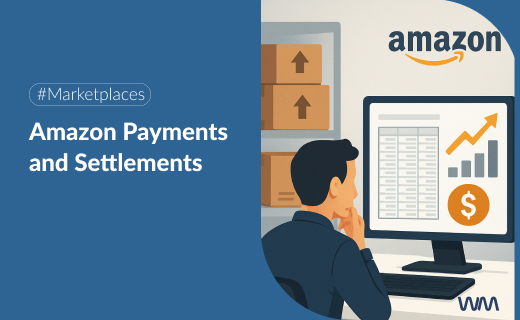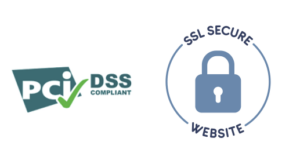Why Is It Important to Understand Amazon Settlements?
Selling on Amazon involves more than just handling returns and running ads. A key part of managing your business is understanding how and when Amazon actually pays you. Settlement Reports not only reflect your net sales, but also include fees, withholdings, refunds, and reserves. Properly analyzing these reports can be the difference between healthy cash flow and unpleasant surprises in your bank statement.
How Often Does Amazon Pay?
Amazon typically disburses funds every 14 days, although it may take an additional 24–48 hours for the money to reach your bank account.
However, special cycles and withholdings can delay this process, extending the timeline to 21–28 days after a sale.
Keep in mind that Amazon applies holding periods, meaning there’s usually a delay of a few weeks before you get paid.
The Full Payment Timeline
In the B2C model, customers usually pay at the time of purchase.
Amazon then holds the payment for at least 7 days after delivery (policy known as DD+7).
If the order is delivered right after a settlement, you may need to wait for another full 14-day cycle.
Funds can be held further in case of returns, A-to-Z claims, or disputes.
Once this period ends and within the next 14-day cycle, Amazon initiates the disbursement.
The bank transfer usually takes 24–48 hours to complete.
On average, it takes 17 to 20 days from sale to payment.
What Is a Settlement Report and What Does It Contain?
The Settlement Report summarizes all financial movements in a period:
Sales, adjustments, storage fees, returns, ad charges, commissions, reserves, etc.
It’s essential to understand your net cash flow.
Key Components:
-
Gross sales: revenue from completed orders
-
Refunds: subtracted directly from income
-
Fees: referral, FBA, storage, advertising
-
Reserves: withheld funds for returns, claims, or disputes
-
Net payout: the amount actually transferred to your bank
How to Read the Settlement Report
Go to: Seller Central → Payments → All Statements
Download the file in TXT or XML format and filter by transaction type (“Order,” “Refund,” “Fee,” “Reserve,” etc.).
Check the fields SettlementStartDate, EndDate, and DepositDate to identify the exact cycle.
Compare it with your bank statements to ensure payment dates and amounts match.
Why Doesn’t Amazon Pay Me Everything I Sell?
Amazon withholds part of your sales for multiple reasons to mitigate risk:
-
Delivery Date + 7 days holding period
-
A-to-Z claims or chargebacks
-
Poor account health: complaints, cancellations, irregularities
-
New accounts or recently changed bank details
These reserves are reviewed regularly, and part of the funds are released as long as no new issues arise.
Best Practices & Recommendations
-
Track your payment history and compare with bank statements
-
Schedule a monthly finance report to reconcile sales and expenses
-
Enable alerts for key events in Seller Central
-
Keep your account healthy: manage returns, messages, and delivery times
-
Improve cash flow:
With Wannme, you can get paid daily instead of waiting weeks.
Get paid for what you sell — every day.
Final Thoughts
Having full control over your Amazon settlements is extremely complex, as each sale can be disbursed at different times.
Understanding the structure and timeline of Amazon’s payment system helps improve financial transparency and control — you know exactly how much is coming in and why.
One way to gain even more control is to receive daily payouts from marketplaces.
Getting up to 90% of your previous day’s net sales allows you to reinvest faster and scale your business with confidence.
Want to know how? Get in touch.






